Open Journal of Discrete Mathematics
Vol.3 No.1(2013), Article ID:27386,6 pages DOI:10.4236/ojdm.2013.31009
On a Number of Colors in Cyclically Interval Edge Colorings of Simple Cycles
Institute for Informatics and Automation Problems, The National Academy of Sciences of Republic of Armenia, Yerevan, Republic of Armenia
Email: rrkamalian@yahoo.com
Received November 23, 2012; revised December 23, 2012; accepted December 31, 2012
Keywords: Proper Edge Coloring; Cyclically Interval Coloring; Simple Cycle
ABSTRACT
A proper edge t-coloring of a graph G is a coloring of its edges with colors 1,2,···,t such that all colors are used, and no two adjacent edges receive the same color. A cyclically interval t-coloring of a graph G is a proper edge t-coloring of G such that for each its vertex x, either the set of colors used on edges incident to x or the set of colors not used on edges incident to x forms an interval of integers. For an arbitrary simple cycle, all possible values of t are found, for which the graph has a cyclically interval t-coloring.
1. Introduction
We consider undirected, simple, finite and connected graphs. For a graph , we denote by
, we denote by 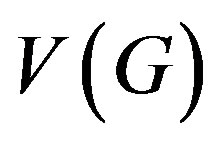 and
and  the sets of its vertices and edges, respectively. The set of edges of
the sets of its vertices and edges, respectively. The set of edges of  incident with a vertex
incident with a vertex 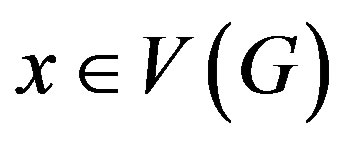 is denoted by
is denoted by . For any
. For any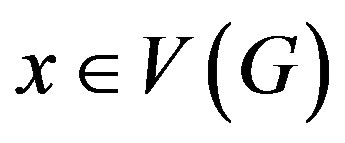 ,
, 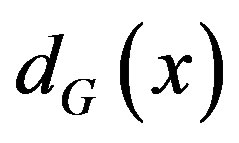 denotes the degree of the vertex
denotes the degree of the vertex  in
in . For a graph
. For a graph ,
,  denotes the maximum degree of a vertex of
denotes the maximum degree of a vertex of . A simple cycle with
. A simple cycle with  edges
edges 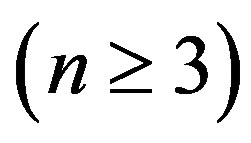 is denoted by
is denoted by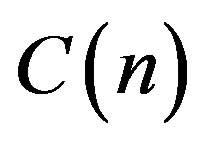 . A simple path with
. A simple path with  edges
edges  is denoted by
is denoted by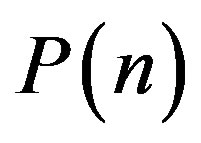 . The terms and concepts that we do not define can be found in [1].
. The terms and concepts that we do not define can be found in [1].
For an arbitrary finite set , we denote by
, we denote by 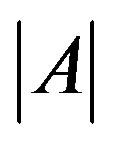 the number of elements of
the number of elements of . The set of positive integers is denoted by
. The set of positive integers is denoted by . For any subset
. For any subset  of the set
of the set , we denote by
, we denote by 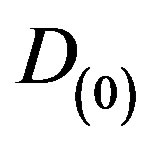 and
and 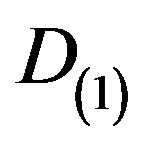 the subsets of all even and all odd elements of
the subsets of all even and all odd elements of , respectively.
, respectively.
An arbitrary nonempty subset of consecutive integers is called an interval. An interval with the minimum element  and the maximum element
and the maximum element  is denoted by
is denoted by . An interval
. An interval  is called a
is called a  -interval if
-interval if
 .
.
For any real number , we denote by
, we denote by 
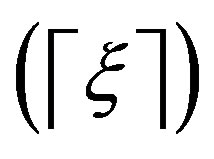 the maximum (minimum) integer which is less (greater) than or equal to
the maximum (minimum) integer which is less (greater) than or equal to .
.
For any positive integer  define
define
 .
.
For any nonnegative integer  define
define

A function  is called a proper edge
is called a proper edge  -coloring of a graph G, if all colors are used, and no two adjacent edges receive the same color.
-coloring of a graph G, if all colors are used, and no two adjacent edges receive the same color.
The minimum value of  for which there exists a proper edge
for which there exists a proper edge  -coloring of a graph
-coloring of a graph  is denoted by
is denoted by 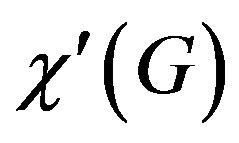 [2].
[2].
If  is a graph, and
is a graph, and  is its proper edge
is its proper edge  -coloring, where
-coloring, where , then we define
, then we define
 .
.
If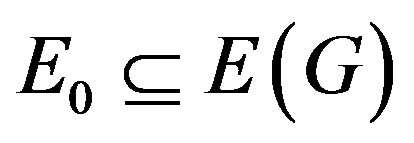 ,
,  , and
, and  is a proper edge
is a proper edge  -coloring of a graph
-coloring of a graph , then we set
, then we set
 .
.
A proper edge  -coloring
-coloring 

of a graph  is called an interval
is called an interval  -coloring of
-coloring of  [35] if for any
[35] if for any , the set
, the set 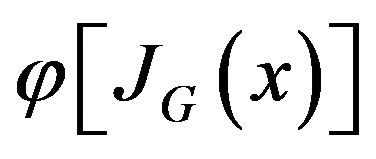 is a
is a
 -interval. For any
-interval. For any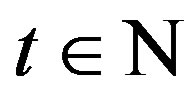 , we denote by
, we denote by 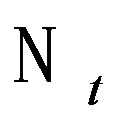 the set of graphs for which there exists an interval
the set of graphs for which there exists an interval  -coloring. Let
-coloring. Let
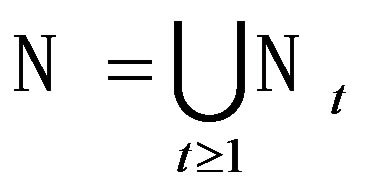 .
.
For any , we denote by
, we denote by 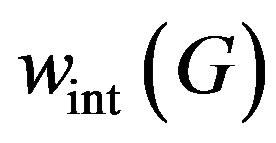 and
and  the minimum and the maximum possible value of
the minimum and the maximum possible value of , respectively, for which
, respectively, for which . For a graph
. For a graph , let us set
, let us set .
.
A proper edge  -coloring
-coloring 

of a graph  is called a cyclically interval
is called a cyclically interval  -coloring of
-coloring of , if for any
, if for any , at least one of the following two conditions holds:
, at least one of the following two conditions holds:
1) 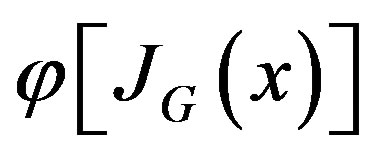 is a
is a 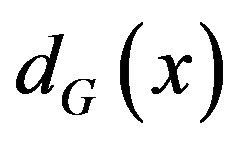 -interval2)
-interval2)  is a
is a 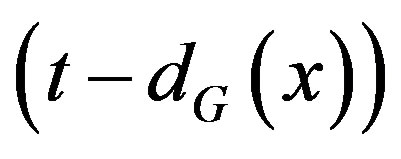 -interval.
-interval.
For any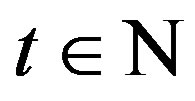 , we denote by
, we denote by 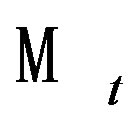 the set of graphs for which there exists a cyclically interval
the set of graphs for which there exists a cyclically interval  -coloring. Let
-coloring. Let
 .
.
For any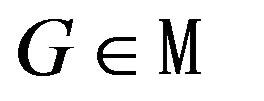 , we denote by
, we denote by 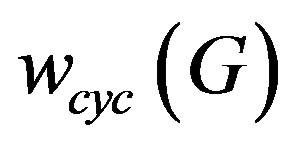 and
and 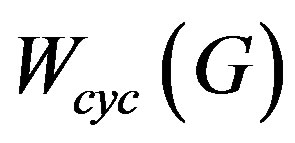 the minimum and the maximum possible value of
the minimum and the maximum possible value of , respectively, for which
, respectively, for which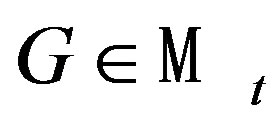 . For a graph
. For a graph , let us set
, let us set .
.
It is clear that for any , an arbitrary interval
, an arbitrary interval  - coloring
- coloring 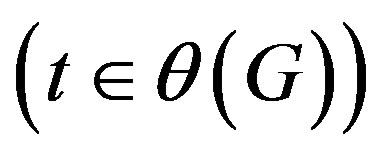 of a graph
of a graph  is also a cyclically interval
is also a cyclically interval  -coloring of
-coloring of . Thus, for any
. Thus, for any ,
,  and
and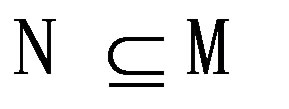 . Let us also note that for an arbitrary graph
. Let us also note that for an arbitrary graph ,
, . It is also clear that for any
. It is also clear that for any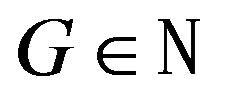 , the following inequality is true:
, the following inequality is true:

and

In [5,6], for any tree , it is proved that
, it is proved that ,
, 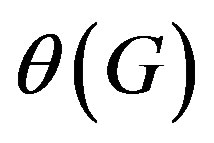 is an interval, and the exact values of the parameters
is an interval, and the exact values of the parameters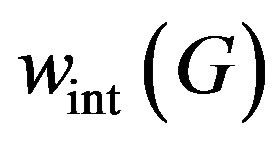 ,
,  are found. In [7,8], for any tree
are found. In [7,8], for any tree , it is proved that
, it is proved that . Some interesting results on cyclically interval
. Some interesting results on cyclically interval  -colorings and related topics were obtained in [9-14].
-colorings and related topics were obtained in [9-14].
In this paper, for any integer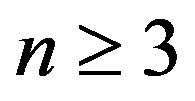 , it is proved that
, it is proved that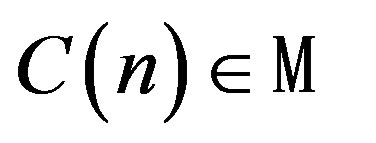 , and the set
, and the set 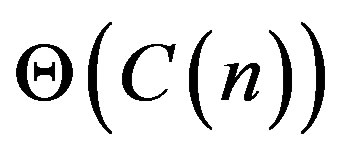 is found.
is found.
2. Main Results
Remark 1. Clearly, for any integer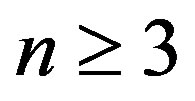 ,
,
 ,
, .
.
Therefore, if , then a proper edge
, then a proper edge  coloring of
coloring of  does not exist, and
does not exist, and .
.
Remark 2. It is not difficult to see that for any integer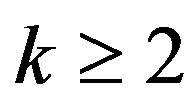 ,
, 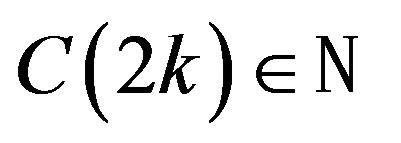 and
and .
.
Proposition 1. For any integer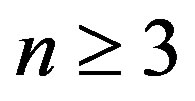 ,
,  ,
,



Proof is trivial.
Theorem 1. For any integers  and
and , satisfying the conditions
, satisfying the conditions  and
and ,
, 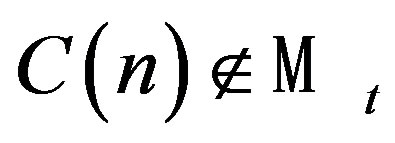 if and only if
if and only if
 .
.
Proof. First let us prove, that if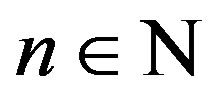 ,
,  and
and

then .
.
Assume the contrary: there are ,
, 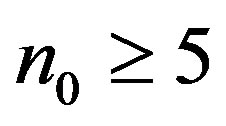 and
and

for which a cyclically interval  -coloring
-coloring  of the graph
of the graph 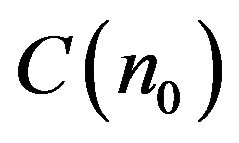 exists.
exists.
Let us construct a graph 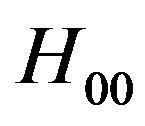 removing from the graph
removing from the graph 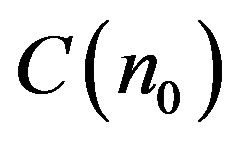 the subset
the subset  of its edges. Let us construct a graph
of its edges. Let us construct a graph  removing from the graph
removing from the graph 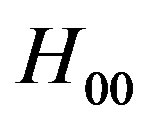 all its isolated vertices.
all its isolated vertices.
Case A.  is a connected graph.
is a connected graph.
Let us denote by  the simple path with pendant edges
the simple path with pendant edges  and
and  which is isomorphic to the graph
which is isomorphic to the graph .
.
Case A.1.  is odd.
is odd.
Clearly, . It means that
. It means that  is an even number, satisfying the inequality
is an even number, satisfying the inequality .
.
Case A.1.1. 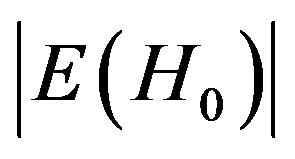 is odd.
is odd.
Clearly, . Since
. Since  is a cyclically interval
is a cyclically interval  -coloring of
-coloring of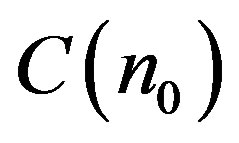 , we conclude from the definition of
, we conclude from the definition of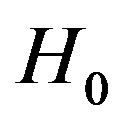 , that for a graph
, that for a graph , there exists an interval
, there exists an interval  -coloring
-coloring  with
with . Consequently, the number
. Consequently, the number  is odd, what contradicts the same parity of
is odd, what contradicts the same parity of  and
and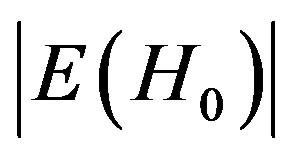 .
.
Case A.1.2. 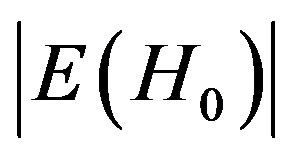 is even.
is even.
Clearly,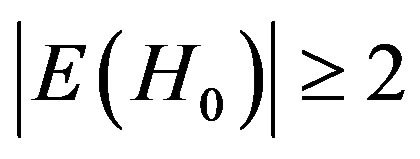 . Since
. Since  is a cyclically interval
is a cyclically interval  -coloring of
-coloring of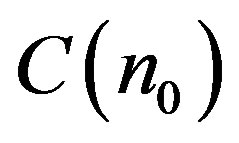 , we conclude from the definition of
, we conclude from the definition of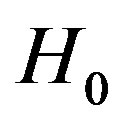 , that for a graph
, that for a graph , there exists an interval
, there exists an interval  -coloring
-coloring  with
with  and
and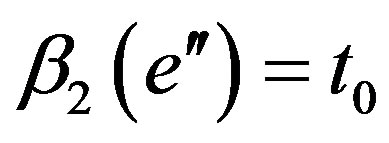 . Consequently, the number
. Consequently, the number  is even, what contradicts the different parity of
is even, what contradicts the different parity of  and
and .
.
Case A.2.  is even.
is even.
Clearly, . It means that
. It means that
 is an odd number, satisfying the inequality
is an odd number, satisfying the inequality
 .
.
Case A.2.1.  is odd.
is odd.
Clearly,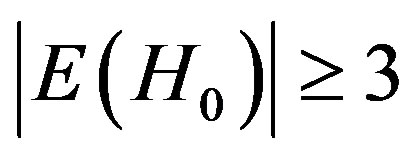 . Since
. Since  is a cyclically interval
is a cyclically interval  -coloring of
-coloring of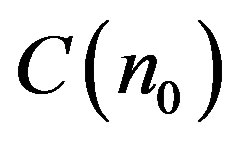 , we can conclude from the definition of
, we can conclude from the definition of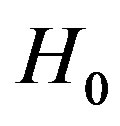 , that for a graph
, that for a graph , there exists an interval
, there exists an interval 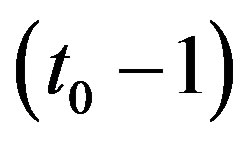 -coloring
-coloring 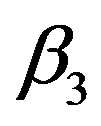 with
with . Consequently,
. Consequently,

which is impossible.
Case A.2.2.  is even.
is even.
Clearly,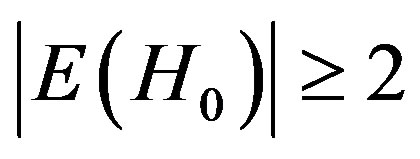 . Since
. Since  is a cyclically interval
is a cyclically interval  -coloring of
-coloring of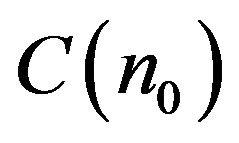 , we can conclude from the definition of
, we can conclude from the definition of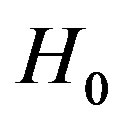 , that for a graph
, that for a graph , there exists an interval
, there exists an interval  -coloring
-coloring  with
with  and
and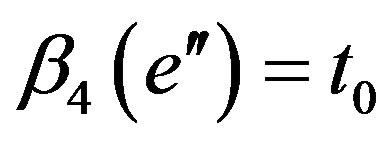 .
.
Since  is odd, the number
is odd, the number  is also odd, but it is impossible because of the same parity of
is also odd, but it is impossible because of the same parity of  and
and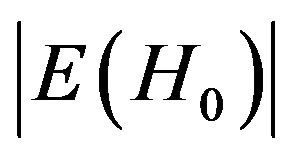 .
.
Case B.  is a graph with
is a graph with  connected components,
connected components,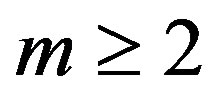 .
.
Assume that:
1)  are connected components of
are connected components of 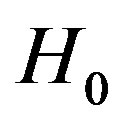 numbered in succession at bypassing of the graph
numbered in succession at bypassing of the graph 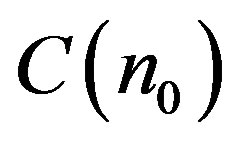 in some fixed direction2)
in some fixed direction2)  are vertices of
are vertices of 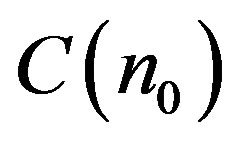 numbered in succession at bypassing mentioned in 1)3)
numbered in succession at bypassing mentioned in 1)3) 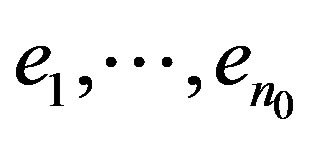 are edges of
are edges of 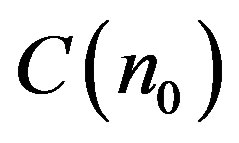 numbered in succession at bypassing mentioned in 1)4)
numbered in succession at bypassing mentioned in 1)4)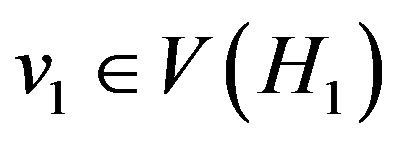 ,
, 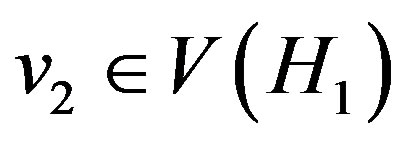 ,
, 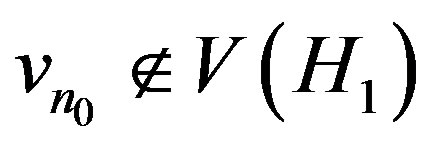 ,
,
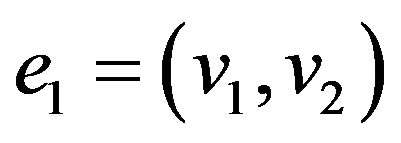 .
.
Define functions
 ,
,
 ,
,

as follows. For any , set:
, set:

 .
.
For any , set
, set
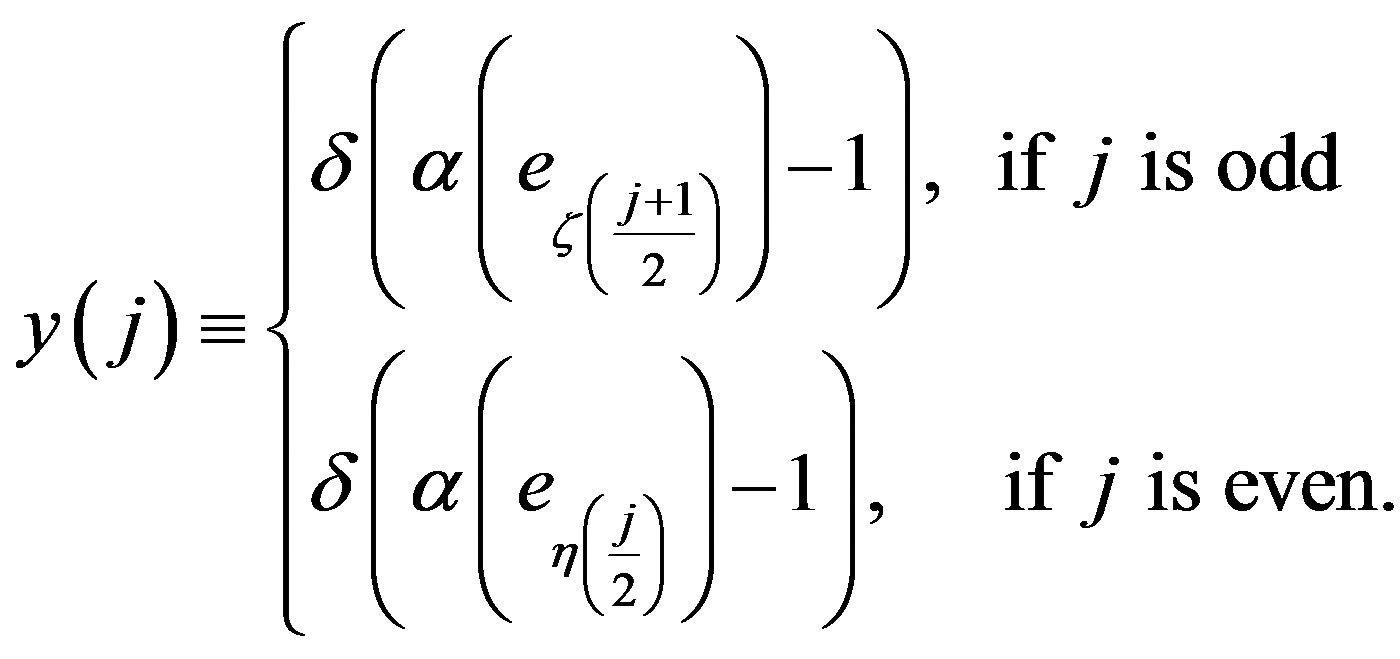
Now let us define subgraphs  of the graph
of the graph .
.
For any , let
, let  be the subgraph of
be the subgraph of 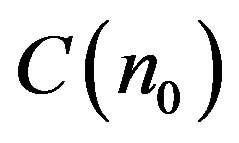 induced by the subset
induced by the subset

of its vertices. Let 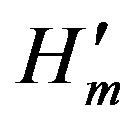 be the subgraph of
be the subgraph of  induced by the subset
induced by the subset

of its vertices.
Let

 .
.
For any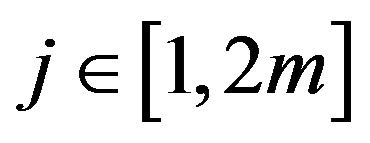 , we define a point
, we define a point 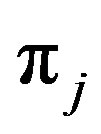 of the 2- dimensional rectangle coordinate system by the following way:
of the 2- dimensional rectangle coordinate system by the following way: .
.
Let us define a graph . Set
. Set


Clearly, .
.
Let
 ,
,
 .
.
An edge 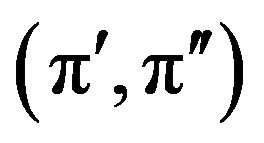 of the graph
of the graph  is called horizontal if the points
is called horizontal if the points  and
and  have the same ordinate.
have the same ordinate.
Let us denote by  the set of all horizontal edges of the graph
the set of all horizontal edges of the graph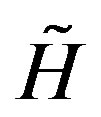 . Set
. Set . It is easy to note that the numbers
. It is easy to note that the numbers 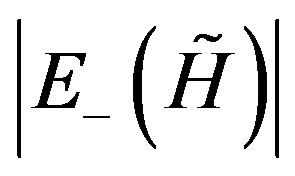 and
and  are both even.
are both even.
Now let us define a function 
by the following way. For an arbitrary  set:
set:

Clearly,
 .
.
Case B.1.  is odd.
is odd.
Clearly, . It means that
. It means that  is an even number, satisfying the inequality
is an even number, satisfying the inequality . It is not difficult to see that in this case, for an arbitrary
. It is not difficult to see that in this case, for an arbitrary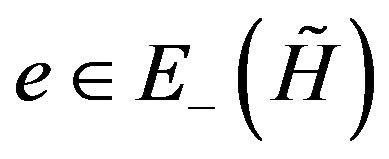 ,
, 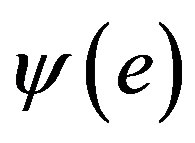 is odd, and, moreover, for an arbitrary
is odd, and, moreover, for an arbitrary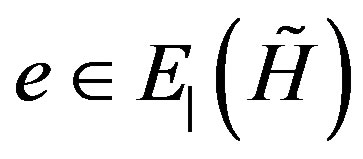 ,
,  is even. Since
is even. Since  is even, we conclude that the odd number
is even, we conclude that the odd number

is represented as a sum of two even numbers, which is impossible.
Case B.2.  is even.
is even.
Clearly,
 .
.
It means that  is an odd number, satisfying the inequality
is an odd number, satisfying the inequality
 .
.
It is not difficult to see that in this case, for an arbitrary ,
,  is odd, and, moreover, for an arbitrary
is odd, and, moreover, for an arbitrary ,
, 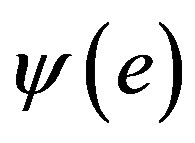 is even.
is even.
Case B.2.1. .
.
In this case, evidently, there are different integers  and
and  in the set
in the set , for which there exist interval
, for which there exist interval  -colorings
-colorings  and
and 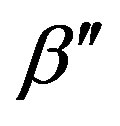 of the graphs
of the graphs 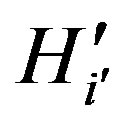 and
and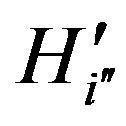 , respectively. Consequently,
, respectively. Consequently,
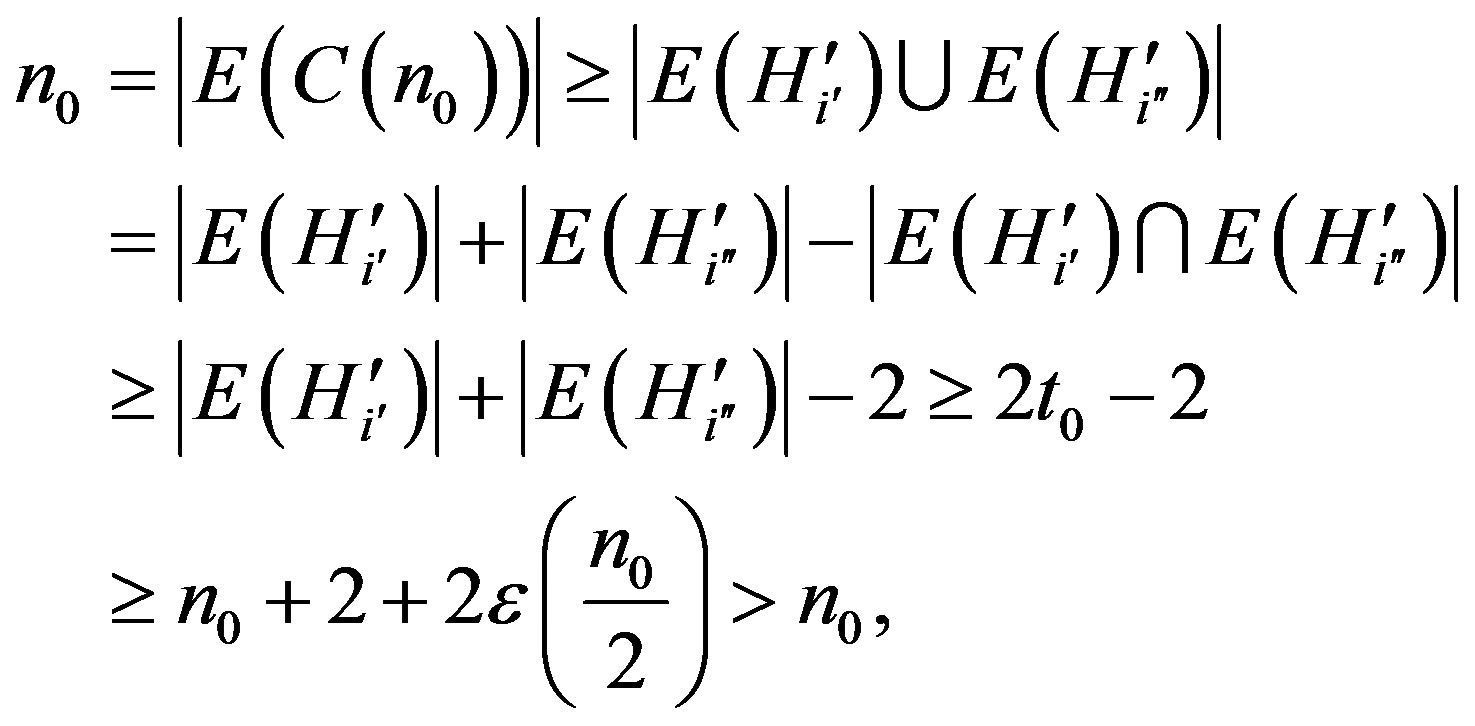
which is impossible.
Case B.2.2. .
.
Without loss of generality assume that
 .
.
Since  is even, we conclude that the even number
is even, we conclude that the even number

is represented as a sum of one odd and two even numbers, which is impossible.
Case B.2.3. .
.
Clearly, for any , the set
, the set 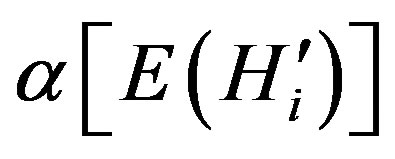 contains exactly one of the colors 1 and
contains exactly one of the colors 1 and .
.
Case B.2.3.a). ,
,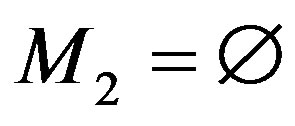 .
.
It is not difficult to see that in this case there is , for which the set
, for which the set 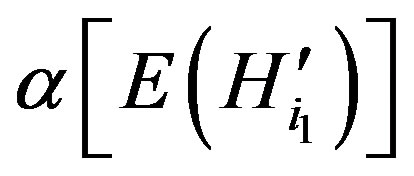 contains the color
contains the color . It means that there exists an interval
. It means that there exists an interval  -coloring of the graph
-coloring of the graph 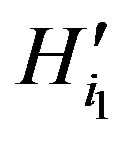 which colors pendant edges of
which colors pendant edges of  by the color 1. Consequently,
by the color 1. Consequently,
 which is impossible.
which is impossible.
Case B.2.3.b).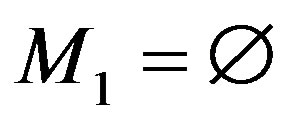 ,
,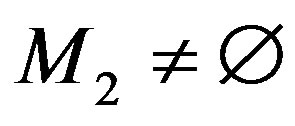 .
.
It is not difficult to see that in this case there is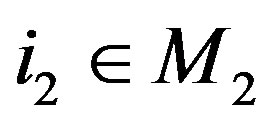 , for which the set
, for which the set  contains the color 2. It means that there exists an interval
contains the color 2. It means that there exists an interval 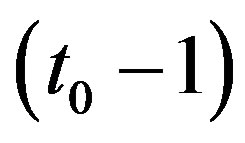 - coloring of the graph
- coloring of the graph 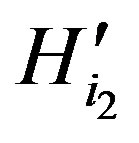 which colors pendant edges of
which colors pendant edges of  by the color 1. Consequently,
by the color 1. Consequently,
 which is impossible.
which is impossible.
Case B.2.3.c). ,
,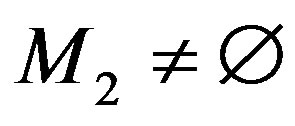 .
.
Let us choose  and
and 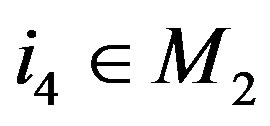 satisfying the conditions
satisfying the conditions
 ,
,
 .
.
Let 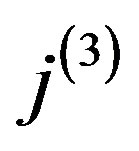 be the maximum color of the set
be the maximum color of the set
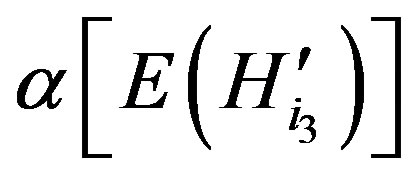 .
.
Let  be the minimum color of the set
be the minimum color of the set
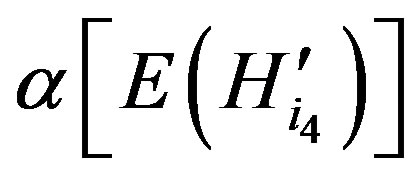 .
.
Clearly,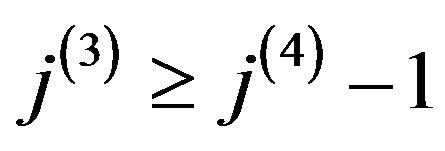 .
.
It is not difficult to see that there exists an interval  -coloring of the graph
-coloring of the graph 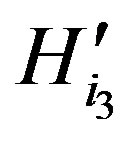 which colors pendant edges of
which colors pendant edges of  by the color 1. Hence,
by the color 1. Hence,
 .
.
It is not difficult to see that there exists an interval  -coloring of the graph
-coloring of the graph 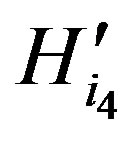 which colors pendant edges of
which colors pendant edges of 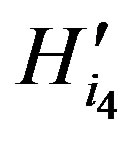 by the color 1. Hence,
by the color 1. Hence,
 .
.
Consequently, we obtain that

which is impossible.
Thus, we have proved that if ,
, 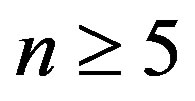 and
and
 then
then .
.
Now let us prove that if
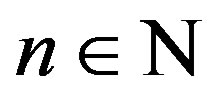 ,
, 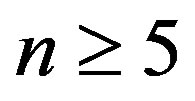 ,
,  ,
, 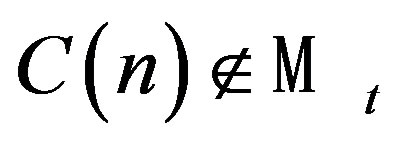 then
then
 .
.
Assume the contrary. It means that there are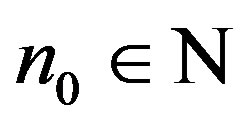 ,
,
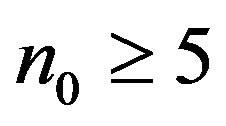 , and
, and , which satisfy the conditions
, which satisfy the conditions 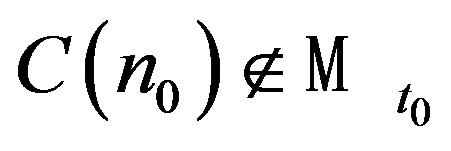 and
and

Case 1.  is odd.
is odd.
In this case  and
and , andtherefore,
, andtherefore, . It means that there exists
. It means that there exists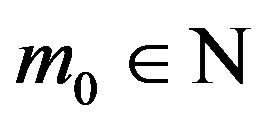 , for which
, for which
 .
.
Let us note that the equality  implies
implies
 , which is incompatible with the condition
, which is incompatible with the condition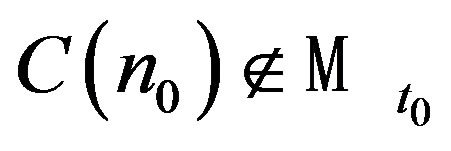 . Hence,
. Hence, .
.
Now, to see a contradiction, it is enough to note that the existence of an interval  -coloring of a graph
-coloring of a graph 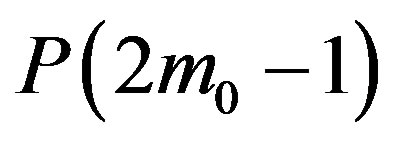 with the existence of an interval 2-coloring of a graph
with the existence of an interval 2-coloring of a graph  provides the existence of a cyclically interval
provides the existence of a cyclically interval  -coloring of the graph
-coloring of the graph .
.
Case 2.  is even.
is even.
In this case 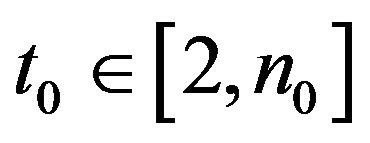 and
and
 and, therefore,
and, therefore,
 .
.
It follows from Remark 2 that
 .
.
Clearly, there exists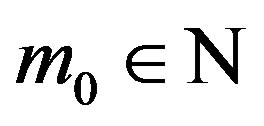 ,
,
 for which
for which
 .
.
Let us note that the equality

implies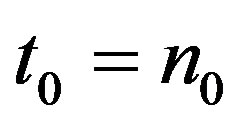 , which is incompatible with the condition
, which is incompatible with the condition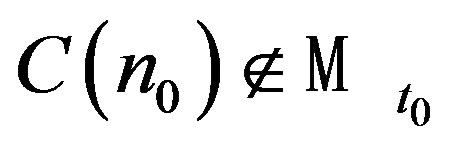 . Hence,
. Hence,

is an even number, satisfying the inequality
 .
.
Now, to see a contradiction, it is enough to note that the existence of an interval  -coloring of a graph
-coloring of a graph

with the existence of an interval 2-coloring of a graph

provides the existence of a cyclically interval  -coloring of the graph
-coloring of the graph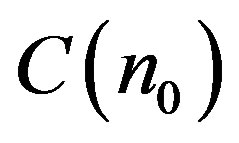 .
.
Thus, we have proved, that if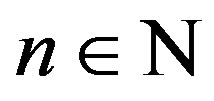 ,
,  ,
,
 ,
, 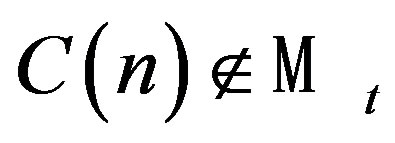 then
then
 .
.
Theorem 1 is proved.
It means that we also have Theorem 2. For an arbitrary integer ,
,

3. Acknowledgements
The author thanks P.A. Petrosyan and N.A. Khachatryan for their attention to this work.
REFERENCES
- D. B. West, “Introduction to Graph Theory,” PrenticeHall, Upper Saddle River, 1996.
- V. G. Vizing, “The Chromatic Index of a Multigraph,” Kibernetika, Vol. 3, 1965, pp. 29-39.
- A. S. Asratian and R. R. Kamalian, “Interval Colorings of Edges of a Multigraph,” Applied Mathematics, Vol. 5, Yerevan State University, 1987, pp. 25-34. (in Russian)
- A. S. Asratian and R. R. Kamalian, “Investigation of Interval Edge-Colorings of Graphs,” Journal of Combinatorial Theory, Series B, Vol. 62, No. 1, 1994, pp. 34-43. doi:10.1006/jctb.1994.1053
- R. R. Kamalian, “Interval Edge Colorings of Graphs,” Doctoral Dissertation, The Institute of Mathematics of the Siberian Branch of the Academy of Sciences of USSR, Novosibirsk, 1990. (in Russian)
- R. R. Kamalian, “Interval Colorings of Complete Bipartite Graphs and Trees,” Preprint of the Computing Centre of the Academy of Sciences of Armenia, 1989. (in Russian)
- R. R. Kamalian, “On a Number of Colors in Cyclically Interval Edge Colorings of Trees,” Research Report LiTHMAT-R-2010/09-SE, Linkoping University, 2010.
- R. R. Kamalian, “On Cyclically-Interval Edge Colorings of Trees,” Buletinul Academiei de Stiinte a Republicii Moldova Matematica, Vol. 68, No. 1, 2012, pp. 50-58.
- A. Kotzig, “1-Factorizations of Cartesian Products of Regular Graphs,” Journal of Graph Theory, Vol. 3, No. 1, 1979, pp. 23-34. doi:10.1002/jgt.3190030104
- J. J. Bartholdi, J. B. Orlin and H. D. Ratliff, “Cyclic Scheduling via Integer Programs with Circular Ones,” Operations Research, Vol. 28, No. 5, 1980, pp. 1074- 1085. doi:10.1287/opre.28.5.1074
- W. Dauscha, H. D. Modrow and A. Neumann, “On Cyclic Sequence Type for Constructing Cyclic Schedules,” Zeitschrift für Operations Research, Vol. 29, No. 1, 1985, pp. 1-30.
- D. de Werra, N. V. R. Mahadev and P. Solot, “Periodic Compact Scheduling,” ORWP 89/18, Ecole Polytechnique Fédérale de Lausanne, 1989.
- D. de Werra and Ph. Solot, “Compact Cylindrical Chromatic Scheduling,” ORWP 89/10, Ecole Polytechnique Fédérale de Lausanne, 1989.
- R. R. Kamalian, “On Cyclically Continuous Edge Colorings of Simple Cycles,” Proceedings of the Computer Science and Information Technologies Conference, Yerevan, 24-28 September 2007, pp. 79-80. (in Russian)

